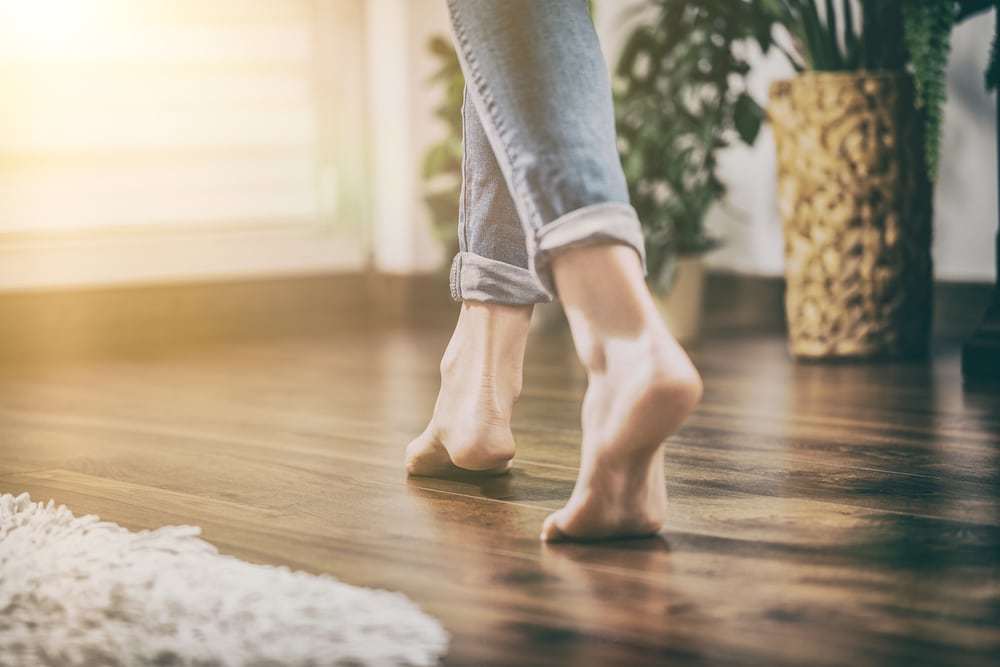When living in cold weather conditions, it is best to take precautionary measures to ensure that your home is warm and cozy. Outside cold air can seep into your house even from open windows and doors, small gaps, etc. However, one must check the flooring as some floor types can maintain heat better, while a few types can get cold easily, making it hard to even walk on the cold surface.
There are many homeowners who select flooring based on the aesthetic factor rather than checking its overall functionality. Due to that, it is vital to choose the ideal flooring for your home that is best for cold weather and helps in retaining heat for a long time.
7 Different Types Of Flooring Ideal For Cold Weather
Check out the list of the best floor options that are suitable for cold weather.
1. Engineered Wood
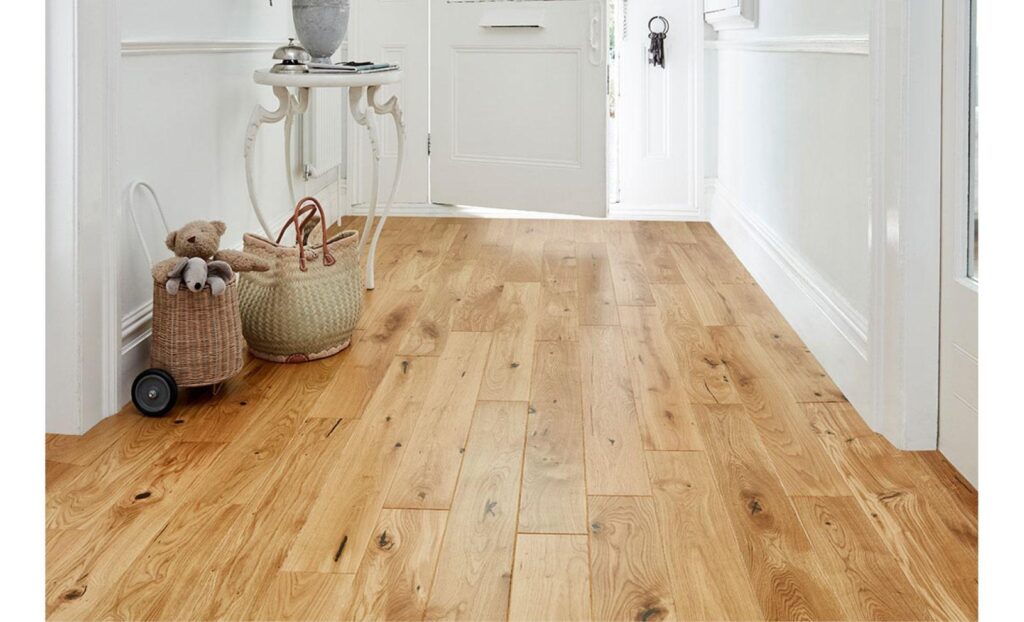
Engineered wood flooring is created using several compacted layers of wood that are then covered in a veneer of solid wood. It adds a natural look and charm to the decor of your house because it is produced with real wood. Because of the way that this floor is constructed, it is less sensitive to fluctuations in humidity and temperature in colder areas.
Engineered wood flooring is a fantastic option for colder climates when combined with a high-quality underlay for underfloor heating. The solid hardwood can contract and extend, leading to structural problems like bending or submerging. The engineered hardwood flooring can tolerate very cold regions and low temperatures and is made of numerous layers of connected wood. In addition, the engineered hardwood floors are accessible in various color and style options.
2. Laminate
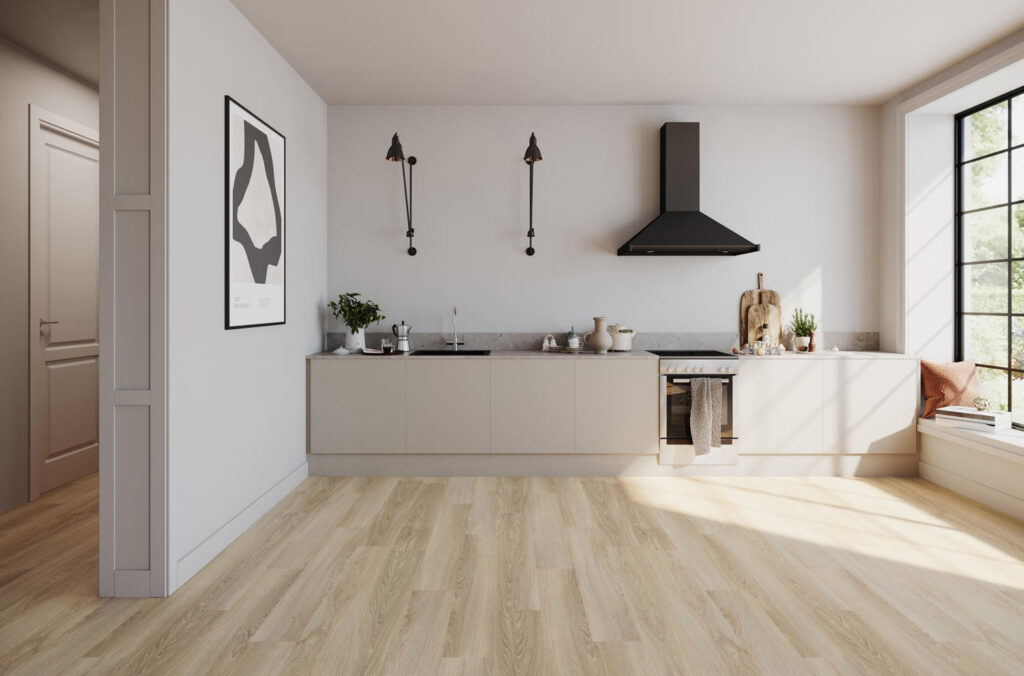
Laminate is also referred to as an excellent alternative to hardwood flooring. These floors are robust, resistant to scratches, easy to maintain, and affordable. It is prepared with a resin-infused paper coating and wood-chip composite. For individuals who desire the look of hardwood but have a limited budget, laminate is the ideal choice. In addition to that, it will not extend or compress and is also flexible. Padded underlay can be used to offer additional comfort and protection easily.
This floor is easy to install, scratch-resistant, and ideal for homeowners searching for low-cost solutions. Also, because laminate eradicates dirt and other pollutants, it is a wonderful flooring pick for families who have asthma or other respiratory illnesses. In addition, a variety of subfloors can be placed on top of the laminate. Laminate is accessible in a variety of surface textures, colors, and thicknesses so that people can choose based on their own preferences and home style.
3. Carpet
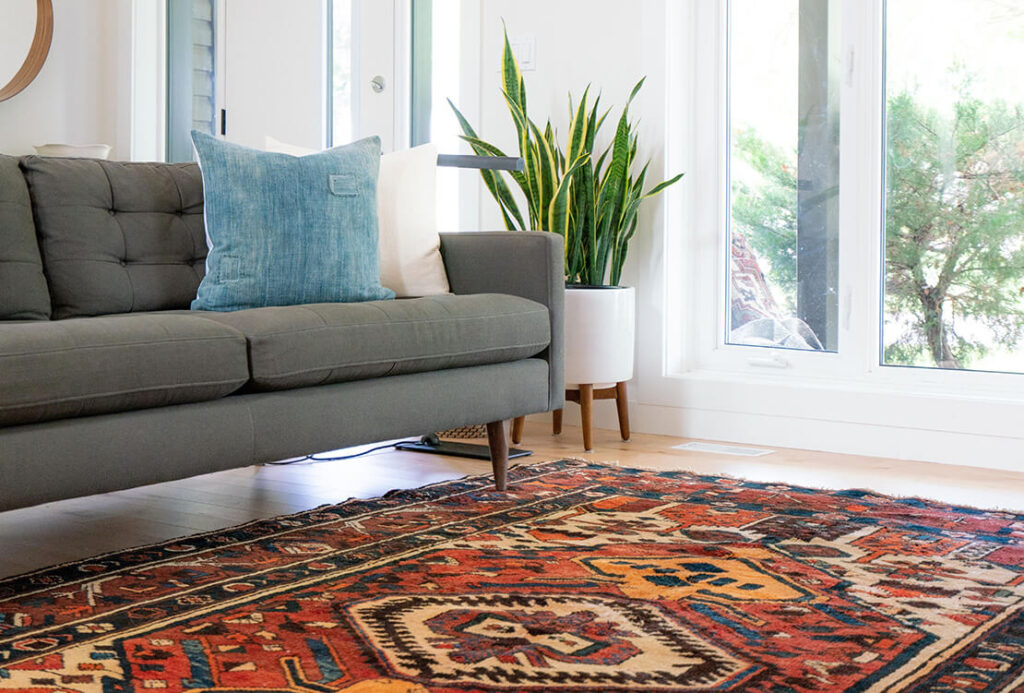
Here is one of the best flooring options for homes that are located in colder regions. It is affordable and accessible in a wide variety of styles. Carpet floors will have little to no expansion and contraction and also acts as a temperature impediment. In addition to that, carpet is inexpensive and adaptable.
To completely complement the interior style, one can select a carpet considering various aspects like color, height, or pattern. Polyester, wool, and other types of fibers in the carpet tangle air for insulation while also producing a natural cushioning outcome. Due to this, despite the cold outside, your house will feel warm and comfortable.
4. Vinyl Plank
The benefits of vinyl plank flooring are superior to those of other flooring types. Vinyl is a great option if you want a gorgeous floor that can withstand snowfall. In addition to that, it withstands dents and spills. The vinyl planks can keep the surface warm in the winter and cool in the summer because they will not extend or contract based on the weather.
For enhanced warmth and sound absorption, numerous vinyl flooring options come with a pre-attached pad, and this removes the requirement for underlayment. It is a simple-to-install flooring that often comes with a resistance coating for fading and stains. Besides, it protects against messes like spills and fading from the harsh winter sun.
5. Cork
Cork is a distinctive flooring alternative to vinyl which provides a more natural solution. Because cork acts as a natural insulator, cork flooring is also referred to as the cold weather floor. Despite being a natural insulator, cork offers anti-static qualities that lessen the likelihood of static shock. In addition, it has incredible resistance to fire, water, mold, mildew, and other microorganisms. It is among the most affordable varieties of flooring. Therefore, cork is a fantastic material for a cold environment since it withstands mold growth and acts as a natural bug deterrent.
6. Ceramic Tile And Stone
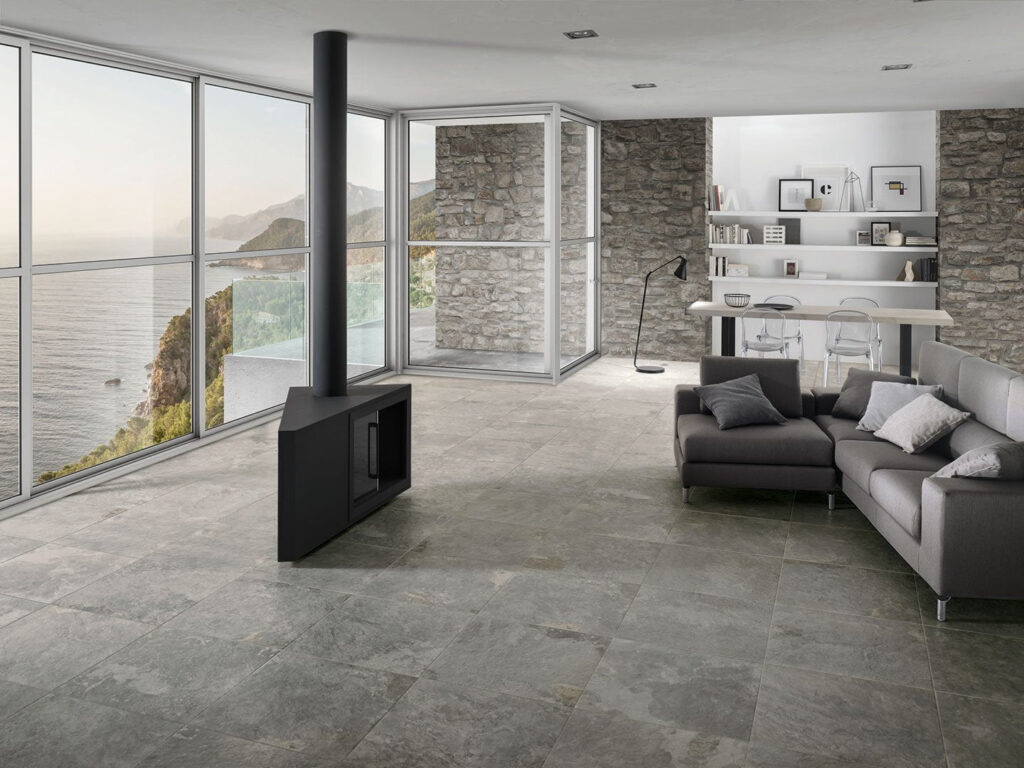
Ceramic tile and stone are a few of the ideal flooring options since stone and tile are both excellent heat conductors. These surfaces can get incredibly warm when used with radiant heating systems. Granite tiles are an excellent floor choice in colder areas because of their remarkable capacity to transfer heat. Granite is incredibly resilient and can endure extreme changes in humidity and temperature.
7. Rubber
Rubber or fitness flooring is a fantastic choice for wrapping a concrete slab in a basement, as it is formulated with a composite substance that compares to rubber. They can be especially helpful and are a very affordable choice for freezing environments.
Further, the insulating winter flooring assists in protecting machinery and automobiles. Rubber is also extremely resistant to weather and does not compress or extend. It is not necessary to clean the black rubber floor daily, and there are little to no chances for it to become extremely cold. The additional insulation of rubber flooring will also safeguard the items stored on the surface.
Bottom Line
There are several floor types to pick from when looking for the best options for cold weather conditions. Depending on your budget, your home’s interior, the installation process, and other factors, it is best to choose the most suitable flooring. Vinyl, carpet, laminate, engineered hardwood, and tile have always been top-tier colder weather flooring options.

